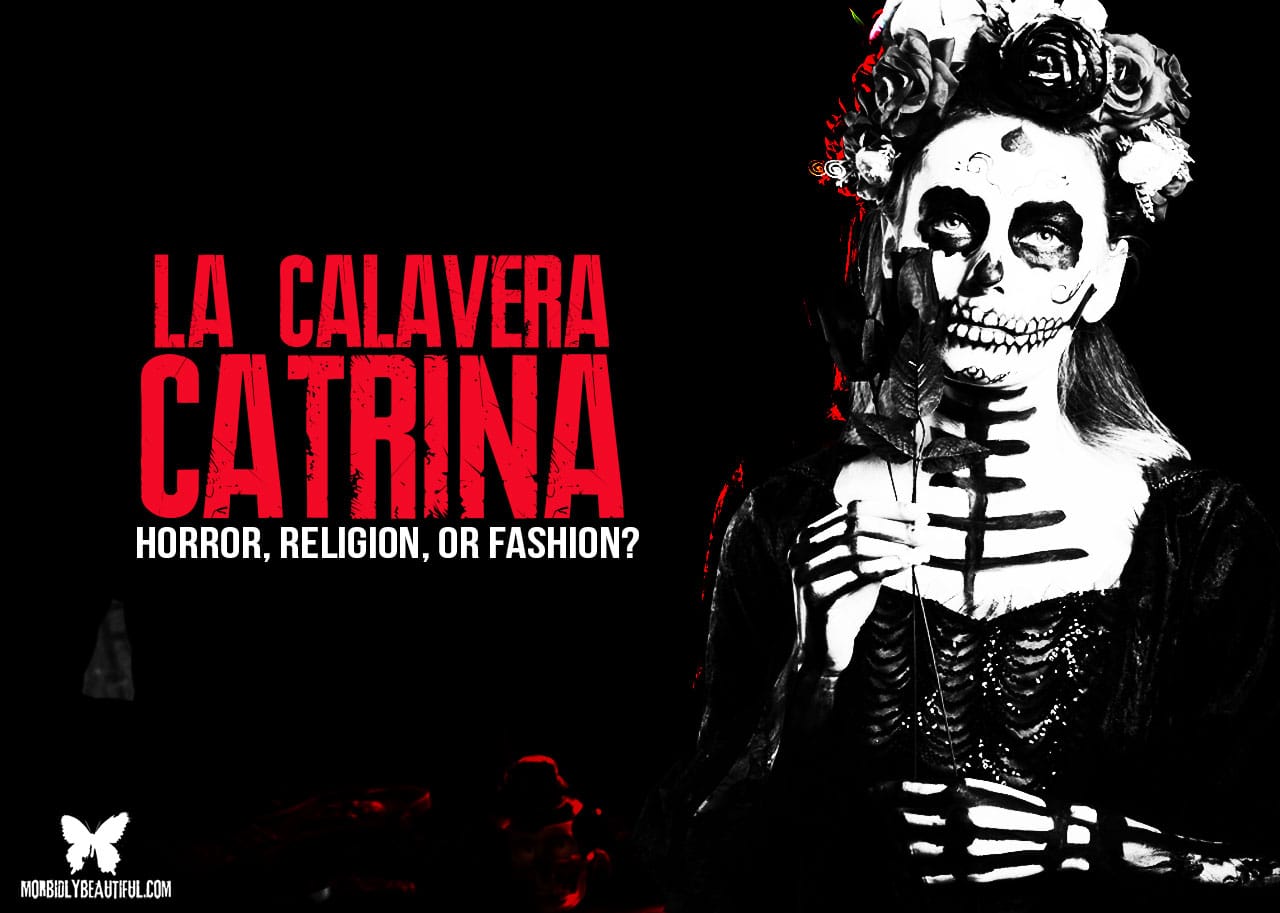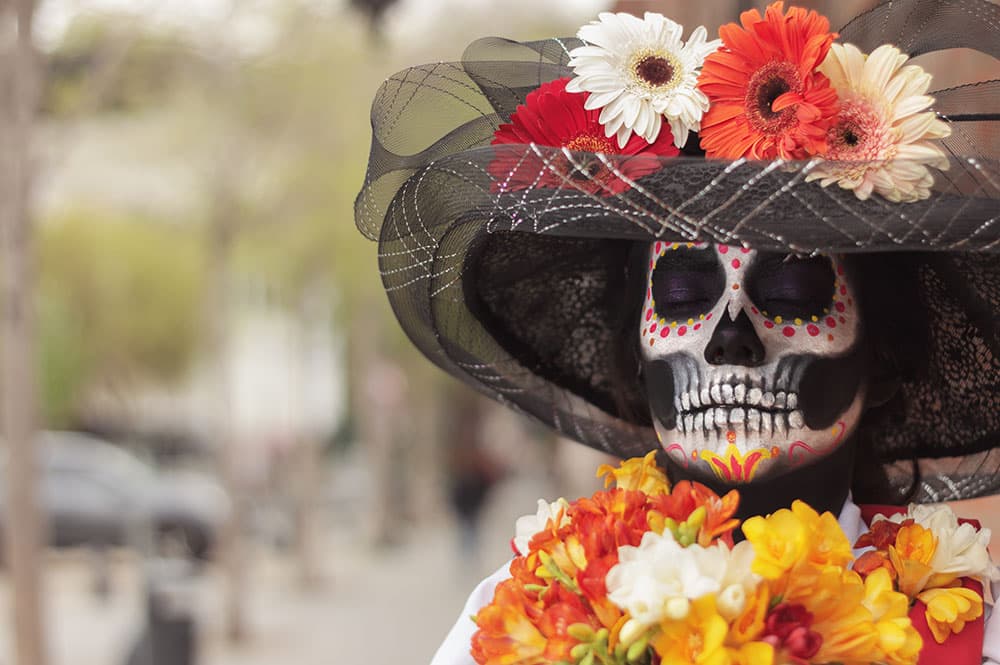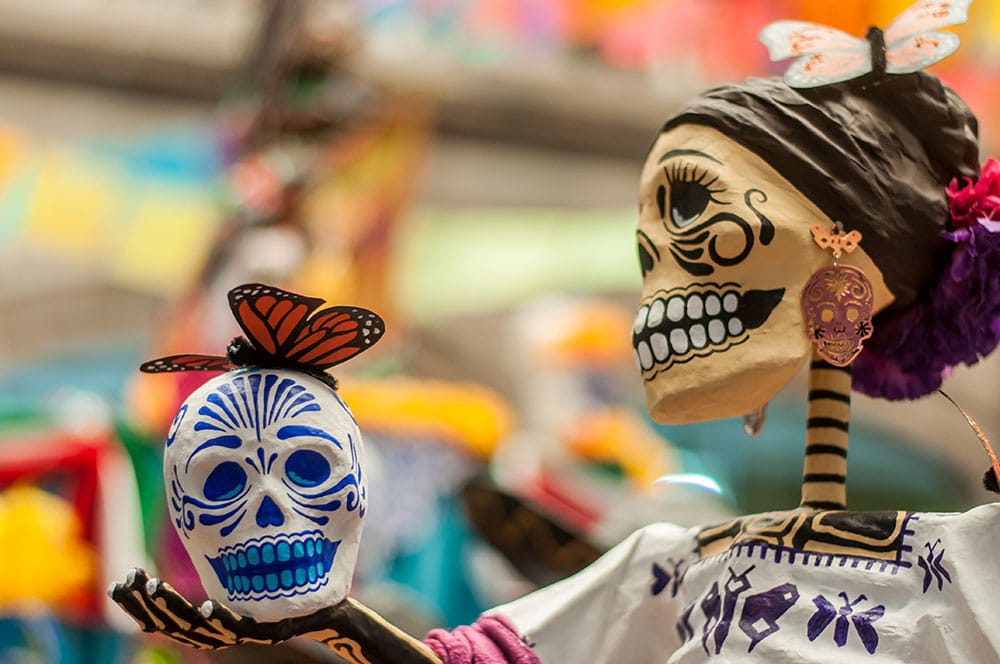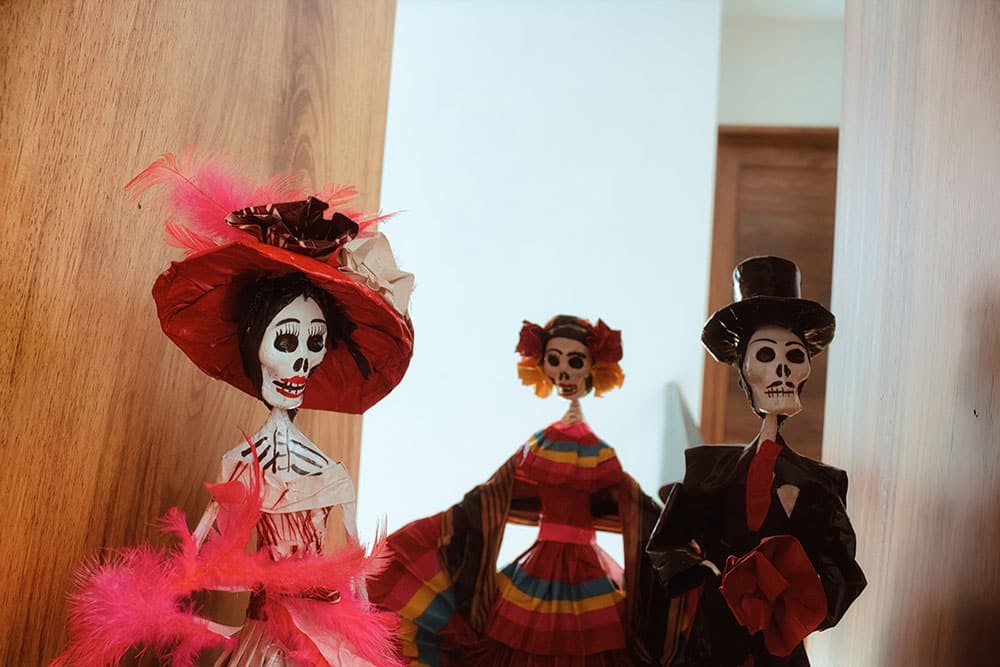We explore the origins of the now-ubiquitous Catrina design and the evolution of Posada’s illustration into a cultural phenomenon.
La Calavera Catrina is certainly one of the most instantly recognizable national symbols. The iconic skull face painting has become ubiquitous, not just in Mexico during El Dia de Los Muertos celebrations but as a kind of pop-culture-esque emblem of something of which the original meaning is lost.
The Catrina is a popular choice for tattoos, t-shirts, and sketches, but it is almost always superficial. That’s not a criticism in and of itself. Some Catrina designs look incredibly cool, but they are often devoid of meaning.
The origins of La Catrina come much later than the Day of the Dead, but the former has become synonymous with the latter.
The first depictions came from the printmaker José Guadalupe Posada, whose etchings were published in newspapers. The original Calavera Catrina was meant to be broadly satirical, intended to lampoon government corruption.
Later, the Catrina became associated with the great artist Diego Rivera and, to an extent, Frida Kahlo. Rivera’s murals featuring the Catrina are arguably more well-known than Posada’s original etchings.
In the latter part of the 20th century, the Catrina became firmly entrenched in the Day of the Dead celebrations in Mexico and worldwide.
There is, of course, a common appropriation of the Catrina design in modern pop culture.
We can point to movies like Spectre and The Corpse Bride, as well as entertainment properties specifically themed on El Dia de los Muertos, such as the Day of Dead online game. Other depictions honor the concept without stating direct relationships to it, such as the skull figurines on the Guns N’ Roses debut album, Appetite for Destruction.
The aesthetic is more important than the context.
Despite its origins and links to religion, the aesthetic of the Catrina is often seen as more important, at least when viewed through modern eyes, than its context. By that, we mean people like the Catrina design because it looks good, not because of what it stands for.
In a sense, we might equate it to the universal image of Che Guevera that adorns countless t-shirts and posters on walls in college dorms.
As we said earlier, there is no inherent criticism in celebrating the meaninglessness of a Catrina tattoo or drawing. Indeed, the translation of La Calavera Catrina is the “dapper” or “elegant” skull; it’s supposed to be alluring. Whether it was originally used to satirize a corrupt Mexican government in the early 20th century or not is a moot point. The design has outlived that purpose, and the focus is now on the aesthetic.
Of course, there is a continuous use of the concept of the Catrina in the macabre sense that comes off brilliantly in pop culture.
Posada certainly did not create the horror construct of a skull face, but the Catrina has become something of a template for what it should look like, or at least the inspiration for many other horror depictions. Many zombie films, for instance, have taken both direct and indirect influence from the concept of the Catrina.
Posada would not have been aware of the impact, as the drawings were published after his death in 1913. But 110 years later, we are still mesmerized by this icon of horror and fashion.
In the end, La Calavera Catrina is an example of how a simple etching can have an outsized impact on the national consciousness, as well as influence horror literature and cinema, fashion, and design.

















Follow Us!